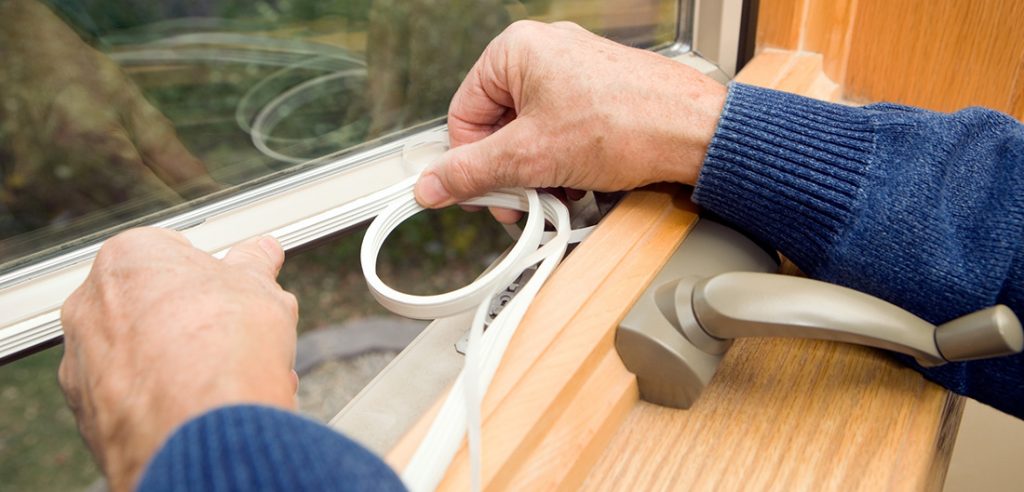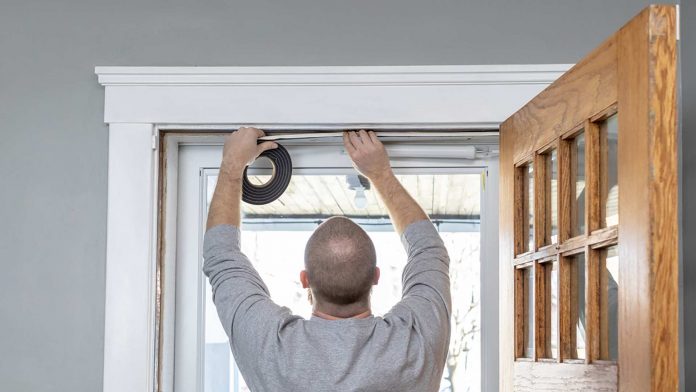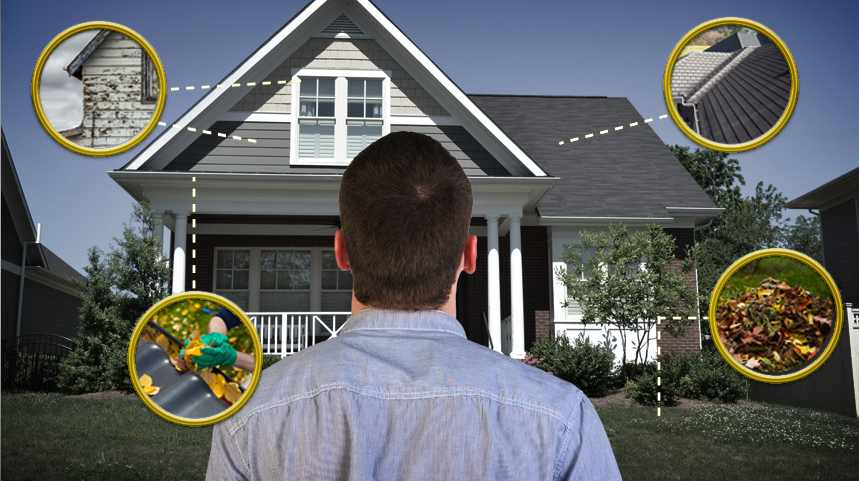It’s almost winter, and as the end of the year approaches, it brings with it insane heating bills and drafty hallways. But that doesn’t have to be the case. If you want to cut out the extra cost of heating and electricity this winter, it might be time to upgrade your home’s energy efficiency. Plus, when summer does roll around again, you’ll be well-prepared to save on air conditioning too!
With what you pay to heat your home, the hot air should stay inside the house. Why pay a premium if you’re not reaping the rewards? Fortunately, there is a solution.
Sometimes, you have to invest a little to save a lot. Such is the case for energy-efficient home improvements. The steps you’ll take to improve your home’s energy efficiency will depend on your home’s age and quality of building materials.
Of course, recent strides in energy-saving technology mean that newer materials often have more energy-efficient qualities. But newer doesn’t always equal better, nor does it mean that older equals worse.
Weatherproofing Your Windows

From erieinsurance.com
Believe it or not, approximately 25-30 percent of your monthly heating and cooling bill goes towards energy that is flying—quite literally—out the window. Air leaks in your windows may be quietly inflating your energy bill. Not only that, but stray air coming through the windows can make your home uncomfortably chilly in the cold months.
Both the window seals and the windows themselves can leak. Displaced or deteriorating seals let air leak in, so you should check your exterior seals at least once a year. If the seal is broken, that’s a surefire sign that you’re losing air through the window and that the seal should be fixed immediately.
However, not all windows are recoverable. If your old or damaged windows need replacing, elect for high quality or Energy Star windows. According to Energy Star, these windows can save you that 20-30 percent you were losing on your monthly energy bill!
Double or even triple-paned windows create air pockets between the layers, sealing in the air you want and keeping out the air you don’t. Windows with low-emissivity coating, gas fills, and window spacers are also great for keeping the cold air at bay.
Energy-efficient windows are especially effective when paired with efficient window frames made from vinyl, fiberglass, or wood. Remember, having a high-tech energy-saving window won’t do you much good if it’s built into an old, leaky frame.
Weatherproofing Your Doors

From Pinterest
Like Windows, doors are also prone to air leakage. Age, lack of insulation, and improper installation contribute to cold, drafty, and unwelcoming entryways. It might be in your best interests to invest in a new door, but if you’re happy with the door you have and just need a little extra help guarding against the cold, weatherstripping might do the trick.
Check Your Insulation
Worn-down patches of insulation can cause cold spots in your home. Checking your attic’s insulation is easy enough, as you can eyeball the height of the insulating material. If the insulation looks thin or deflated, it’s time for a replacement.
To assess your home for cold spots, turn off the electricity in the room you’re checking, then remove the plates that cover the outlets. You should be able to get a glimpse of the insulation underneath. If it looks flat or thinning, the room may be a source of energy loss, and you might be in the market for a replacement.
Not confident doing it yourself? An easy way to get an answer is to schedule a home energy audit from an energy diagnostic company.
Inspect Your Siding/Roofing

From stormguardrc.com
Are you thinking of replacing your home’s siding or roof? This is not only an opportunity to beautify your home’s exterior, but it’s also a chance to improve its energy efficiency.
On their own, siding materials like stone, aluminum, wood, and vinyl don’t offer much protection from fluctuating temperatures. If you’re ready for a replacement, look at insulated or thermal sidings. They have up to three or four times the energy efficiency of non-insulated siding textiles, making both your home and your energy bill more comfortable come winter. You can get insulated siding in vinyl, aluminum, fiber cement, and even steel.
Need to weatherproof your home before winter strikes in earnest? Winthorpe Design & Build is here to help. Don’t get left out in the cold! Invest in energy efficiency now and enjoy the comforts of a warm house and a low energy bill all winter long. Connect with us today to get started.





